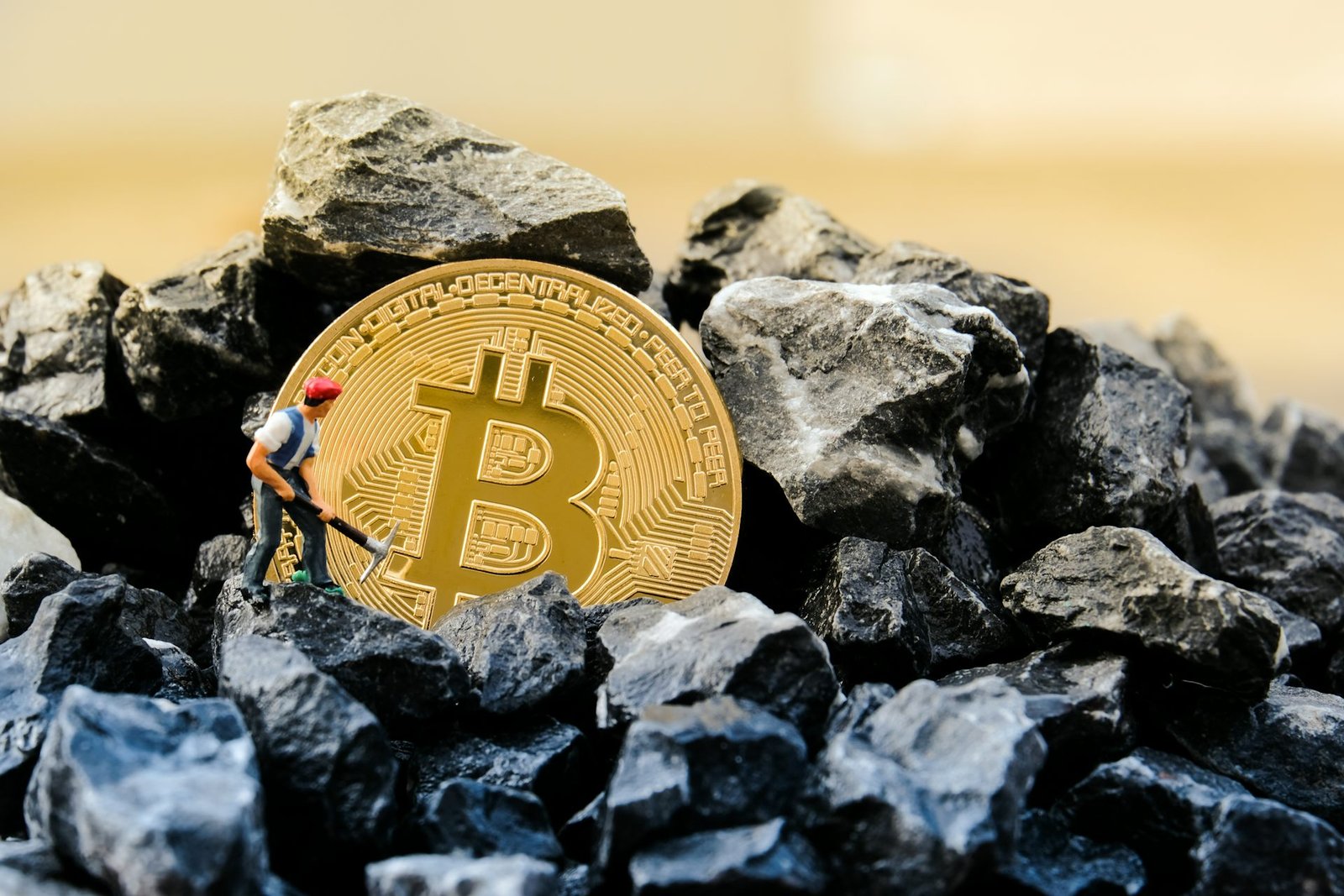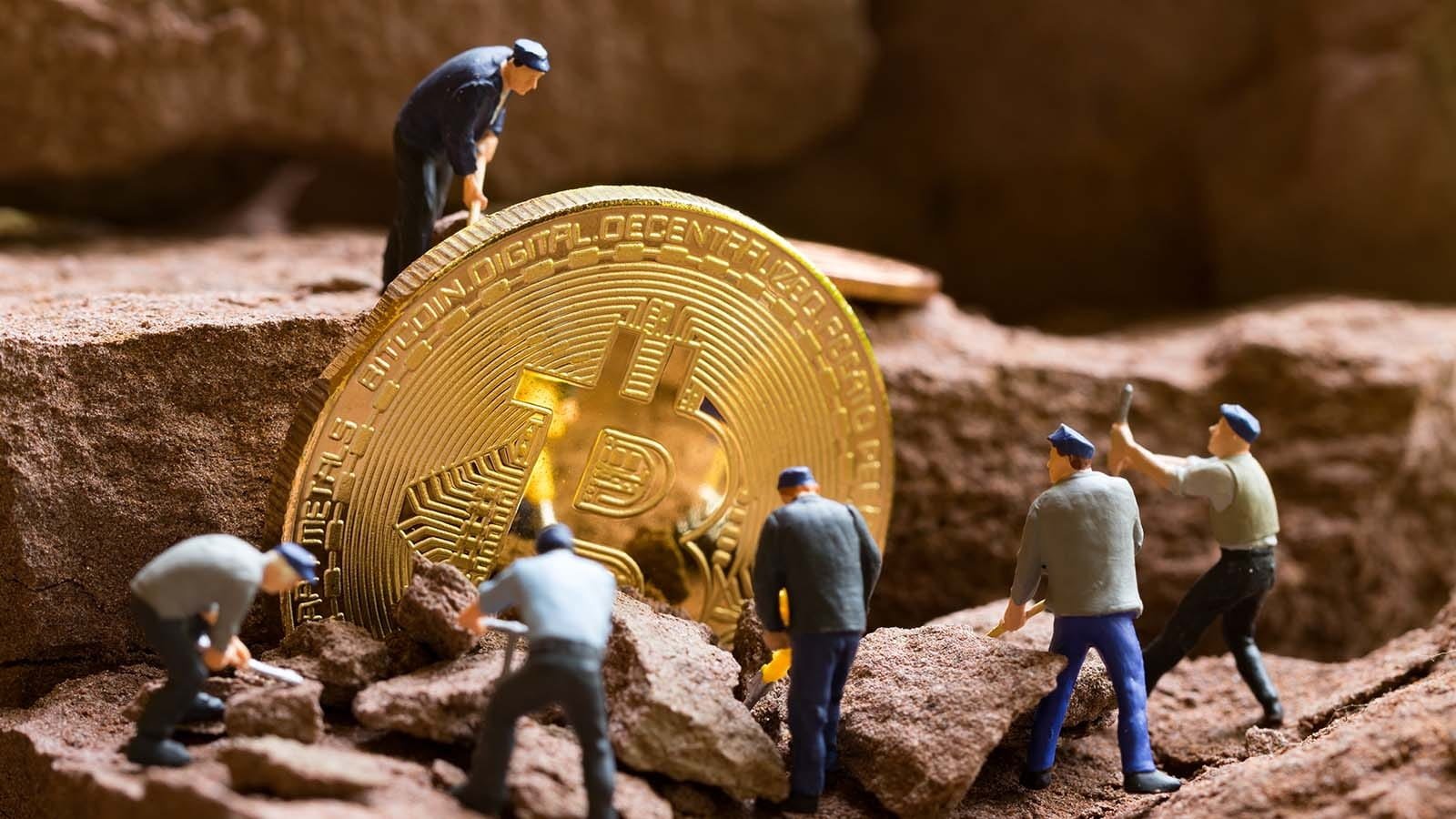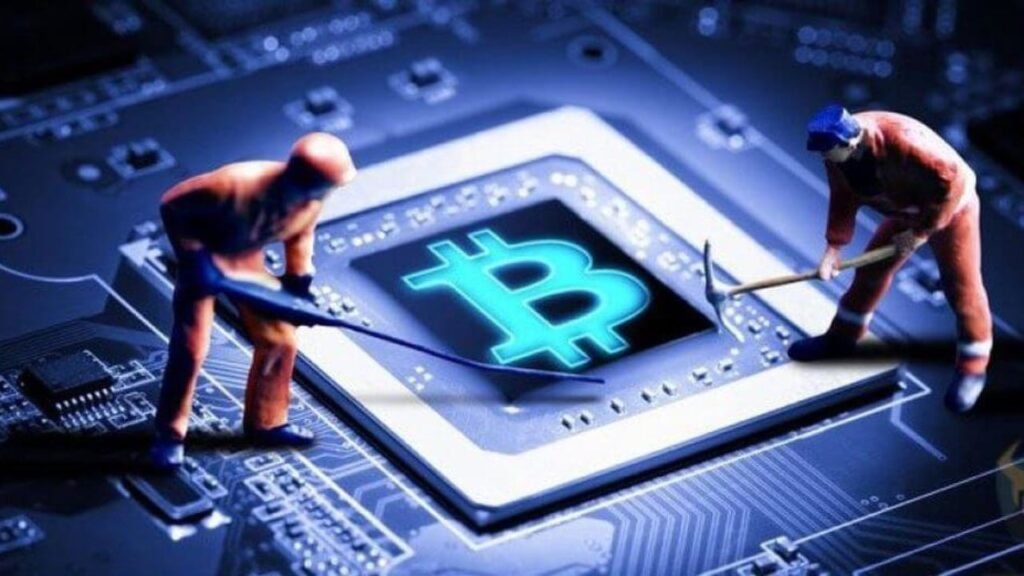Bitcoin mining is the computational process that powers the Bitcoin network, facilitating transaction validation and the creation of new coins. Far from a simple technological function, mining represents the heartbeat of Bitcoin’s decentralized architecture. By solving complex mathematical problems, miners ensure the integrity and immutability of the blockchain. In return, they are rewarded with newly minted bitcoins and transaction fees, providing both economic incentive and system security.
When Satoshi Nakamoto introduced Bitcoin in 2009, mining was achievable with standard CPUs. This simplicity embodied the democratic ethos of the early cryptocurrency movement. Over time, however, as Bitcoin’s popularity and value surged, mining became more complex and competitive. Today, it’s a highly industrialized process dominated by specialized hardware, massive energy demands, and sophisticated strategies.
How Bitcoin Mining Works
At its core, Bitcoin mining revolves around solving a cryptographic puzzle using the SHA-256 hash function. Each puzzle involves finding a hash—a string of digits—that begins with a specific number of leading zeros. The process of guessing the right input to produce such a hash is computationally intensive, involving billions or even trillions of attempts. This process is referred to as Proof of Work (PoW), which ensures that adding a new block to the blockchain requires a significant amount of energy and computing resources.

Once a miner solves the puzzle, they broadcast the solution to the network. Other nodes verify the validity of the solution and the transactions in the block. Once consensus is reached, the block is added to the chain. The successful miner is then rewarded with the block reward—currently 6.25 BTC—as well as the transaction fees from all the transactions included in that block. This reward halves approximately every four years during an event known as the Bitcoin halving, which ensures that the total supply of Bitcoin will never exceed 21 million.
Rise of Industrial Mining
As difficulty levels increased and profitability margins tightened, Bitcoin mining moved from basements and dorm rooms into professional data centers. Modern mining is now dominated by Application-Specific Integrated Circuits (ASICs), which are chips designed exclusively for hashing operations. Popular models like Bitmain’s Antminer S19 Pro or MicroBT’s WhatsMiner M30S can perform trillions of hashes per second, dramatically outperforming earlier GPU or FPGA setups.
Large-scale mining farms often operate in regions with access to cheap electricity and favorable regulatory climates. Locations such as Texas, Iceland, and Kazakhstan have become global mining hubs, thanks to their abundance of hydroelectric, geothermal, or surplus fossil energy. The shift toward industrial mining has sparked debates within the community about centralization and the environmental impacts of such operations.
Bitcoin Mining Energy Debate
The energy footprint of Bitcoin mining is a hotly debated topic. According to the Cambridge Bitcoin Electricity Consumption Index, the network consumes over 100 terawatt-hours of electricity annually—comparable to the energy usage of medium-sized nations. Critics argue that this is wasteful and unsustainable, particularly when sourced from fossil fuels.
However, mining advocates point out that a growing proportion of this energy comes from renewables or otherwise unused sources. In many cases, miners utilize stranded energy—like flare gas from oil fields or excess hydroelectric capacity—that would otherwise go to waste. Moreover, Bitcoin mining can incentivize the development of renewable energy infrastructure by offering a steady demand for off-peak or excess power. Organizations like the Bitcoin Mining Council are working to increase transparency around mining energy sources and sustainability efforts.
Regulation and Geographic Shifts
Governments around the world have taken varied stances on Bitcoin mining. In 2021, China banned all mining activity, citing environmental and financial risks. This decision prompted a massive geographic shift as miners migrated to more favorable jurisdictions. Countries like the United States, Canada, El Salvador, and Paraguay have since emerged as new centers of mining activity.
In the U.S., particularly in Texas and Wyoming, state-level policies support innovation and investment in digital assets. Tax incentives, deregulated electricity markets, and renewable energy infrastructure have attracted large mining operations. Conversely, nations like Iran and Russia have placed tighter controls on mining, either taxing it or restricting access to subsidized electricity.
Bitcoin Mining Profitability Factors
Profitability in Bitcoin mining is a dynamic equation influenced by several key variables: hardware efficiency, electricity cost, Bitcoin’s market price, network difficulty, and block reward. High-efficiency ASICs can remain profitable in low-price environments, especially when paired with sub-$0.05 per kilowatt-hour electricity. Conversely, miners with older hardware or higher energy costs may become unprofitable when market conditions tighten.

The halving events further shape economic outcomes. As block rewards diminish, miners increasingly rely on transaction fees. This shift raises questions about the long-term sustainability of the network’s security model. However, optimists argue that rising adoption and on-chain activity will sustain transaction fee markets in the future.
Final thoughts
Bitcoin mining is more than a technical process—it’s a global economic phenomenon influencing energy markets, regulatory frameworks, and technological innovation. Mining can offer a financial lifeline in countries with unstable currencies. It can also catalyze energy grid improvements or serve as a buyer of last resort for renewable producers.
Innovations such as immersion cooling, heat recovery systems, and AI-based mining optimization are already changing how mining is done. Meanwhile, the integration of Bitcoin mining with decentralized infrastructure networks (DePINs) and Layer-2 solutions like the Lightning Network may help scale its utility further.

















